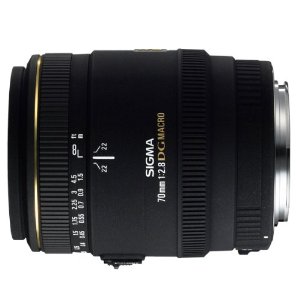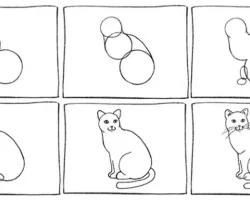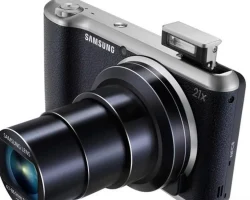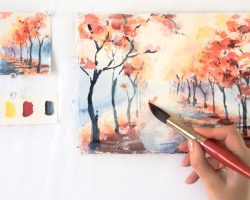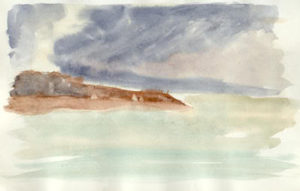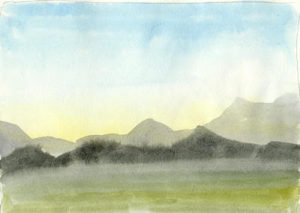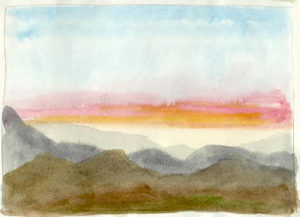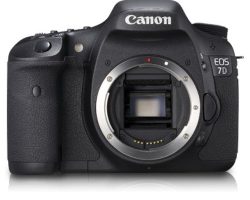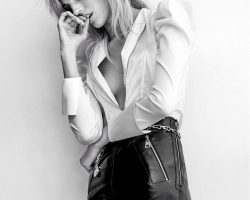The best camera for macro photography for close up images
If you are looking for the best camera for macro photography you have come to the right place since this article focuses solely on the best macro cameras, and macro lenses, currently available to take your macro images to the next level.
Digital cameras, especially digital slr cameras, are expensive so if you want to buy the best camera for macro photography make sure you take a look at the rest of this article before shelling out your hard earned cash. After all, you don’t want to waste it right?
If you really want to get the most out of your macro photography there are other things you need to consider besides the camera. Lenses are one such consideration, and the best macro lenses are also covered in this article.
If your macro subjects consist of moving things, such as insects, butterflies and the like, the best macro camera needs a high burst rate. The top end Canon and Nikon digital SLRs are full frame and have a high burst rate but these are very expensive. Cheaper alternatives include crop sensor cameras with dual processors and these are the best value for money cameras.
macro shot of flower If you take macro images of static subjects, such as flowers and still life things, the best camera for macro photography need not have a high burst rate. In these circumstances the best camera for macro photography is the one with the best image quality, and highest number of pixels.
Point and shoot cameras and mirrorless cameras have a macro photography mode however these don’t capture “true” macro photographs. I would not recommend either a point and shoot or a mirrorless camera for macro photography, and the only real options are digital slr cameras, as detailed below;
Best camera for macro photography – Canon dslrs
Arguably you can use any digital slr camera for macro photography however many photographers claim the best camera for macro photography is a full frame slr camera since these have the largest sensors and produce some exceptional images. If you are capturing macro and close up images of flowers and still life subjects then I agree the best camera for macro photography is the full frame digital slr camera.
If, however, you are taking macro and close up images of insects I think the best camera for macro photography is one with the highest burst rate. Capturing images of insects can be tricky and to get the keeper shots you need to fire off a load of shots in quick succession and choose the best. You can buy full frame digital slr cameras with a high burst rate, such as the Canon 1D X, but these cost several thousand dollars and are out of reach of most enthusiasts. There are alternatives, but these are not full frame cameras.
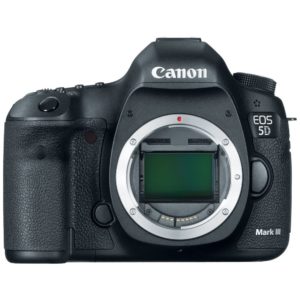
Best camera for macro photography – Canon 5d
If you want an affordable full frame camera the Canon eod 5d is the camera of choice, which is Canon’s top selling digital slr camera of all time and when you get to have a go with this camera it is easy to see why. The 21MP sensor captures a lot of information and the image quality of the 5d is simply awesome. This camera captures images that will impress family and friends, and images that you can easily sell on and make some extra cash.
The Canon 5d is superb. It is a relatively small dslr camera that is tough, durable and well built. Like all Canon dslr cameras the Canon 5d is user friendly, intuitive and all the necessary controls are close to hand, which means you won’t have to go delving through the menu system.
The Canon 5d has a poor burst rate, but then given the cost of the 5d this isn’t surprising. Because of the poor burst rate the Canon 5d isn’t best suited to insect photography. If, however, you want to capture macro images of flowers and still life subjects the Canon 5d is the tool with which to do it.
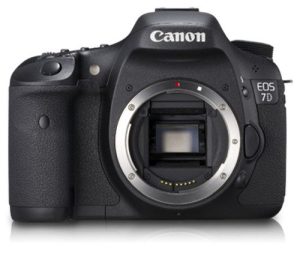
Best camera for macro photography – Canon 7d
When I go chasing insects and mini beasts my camera of choice is the Canon 7d. With an 8 frames per second burst rate the 7d is ideal. The 7d has an 18mP sensor, and whilst it is not quite as impressive as that of the 5d, it is more than enough to capture some stunning macro images.
Like all Canon digital slr cameras the 7d is tough, durable and built to last. It also has a sensible menu system and user friendly interface, which makes it a doddle to use. All settings controls are close to hand, which means there is no need to go through the menu to change anything.
You can also use the Canon 7d for taking macro images of flowers and still life subjects, but it is insect photography where this camera is really good.
Best camera for macro photography – Nikon dslrs
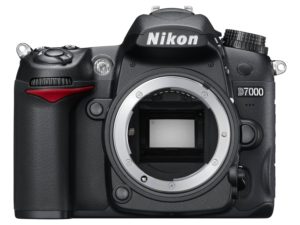
Nikon D7000
If you prefer Nikon branded cameras my recommendation is the Nikon D7000. The Nikon D7000 is a top rated, and very popular, Nikon dslr camera you can use for macro photography. The D7000 has a high burst rate, which makes it ideal for insect photography, however you can also use it for close up and macro photos of flowers and still life subjects.
Like all Nikon dslr cameras the D7000 is a top quality camera that is made out of high quality materials and contains great optics, which means this camera is built to last and is capable of capturing some stunning photographs. If you prefer Nikon branded cameras and need a camera that has a high burst rate the Nikon D7000 is a camera you should look at.
Top macro lenses to get the most out of your macro photography
Macro lens When taking macro images you have to remember that you need a decent macro lens to get the most out of your best camera for macro photography. Macro lenses are prime, i.e. a fixed focal length, fast and very sharp. The image quality of all macro lenses is simply stunning and you won’t be disappointed with any of them. Macro lenses are available in a range of focal lengths from 50mm to 150mm so there is something for all types of macro subjects. Below are the best macro lenses currently available.
Top Canon macro lenses
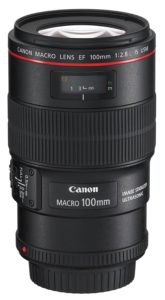
Canon 100mm f2.8L IS USM macro lens
If you shoot a canon dslr camera the Macro lens of choice is the Canon 100mm f2.8L IS USM lens. With a 100mm focal length this lens has a large working distance, i.e. distance between the end fo the lens and the subject, which gives you a lot of room to move and also makes lighting that much simpler.
Being an L series Canon lens the 100mm f2.8L IS USM is bullet proof and built to last. The image quality is second to none and many photographers claim it is Canon sharpest lens of all, and I have to say I agree. The image stabilisation technology helps to keep camera shake at bay, and this technology works exceptionally well. If you want the best macro lens to go on your best camera for macro photography the Canon 100mm f2.8L IS USM lens is the lens to buy.
Nikon lenses for macro photography
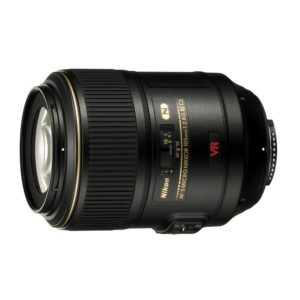
Nikon 105mm f2.8G ED-IF AF-S VR macro lens
If you shoot a Nikon dslr camera the top end macro lens is the Nikon 105mm f2.8G ED-IF AF-S VR lens. This top quality lens is simply awesome and if you are serious about your macro photography this is the lens to buy.
The build quality is great, the image quality is amazing and boy, this is one sharp lens. In fact, many people consider it Nikon’s sharpest lens and I would have to agree. This lens produces images that are tack sharp from the centre to the edges.
The 105mm focal length gives a big working distance, i.e. distance between the end of the lens and the subject, which makes it perfect for insect photography, although this lens can obviously be used for taking macro images of flowers and still life subjects as well. The vibration reduction “VR” technology keeps camera shale at bay and ensures images are tack sharp at all times.
If you want the best Nikon branded macro lens for your Nikon camera you have to have the Nikon 105mm f2.8 lens. It really is an awesome lens that won’t disappoint.
Top Sigma macro lenses
If you want an alternative to a Nikon branded or Canon branded macro lens there are a few third party manufacturers out there, but the best is Sigma by far. Sigma has some excellent lenses and all of them are available in both Nikon and Canon fit.
Sigma 105mm macro
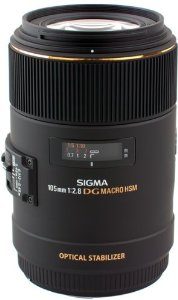
Sigma 50mm macro
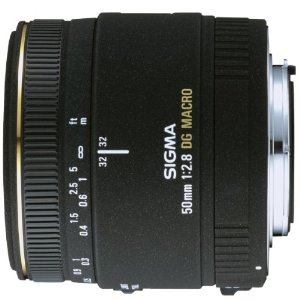
Sigma 70mm macroSigma 70mm macro